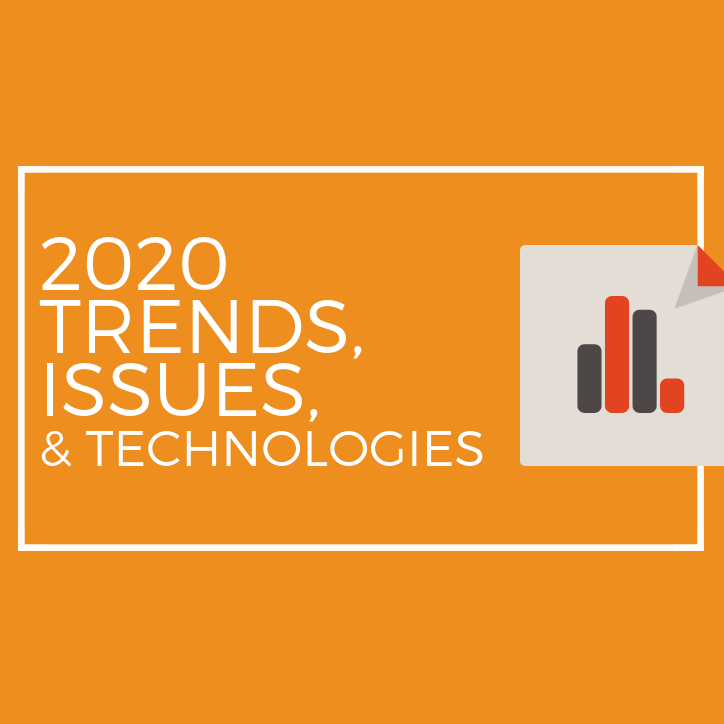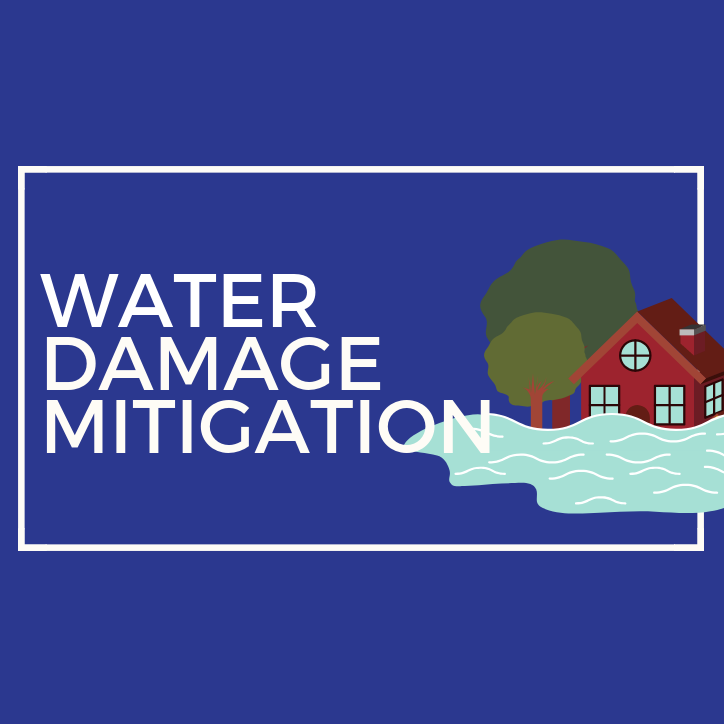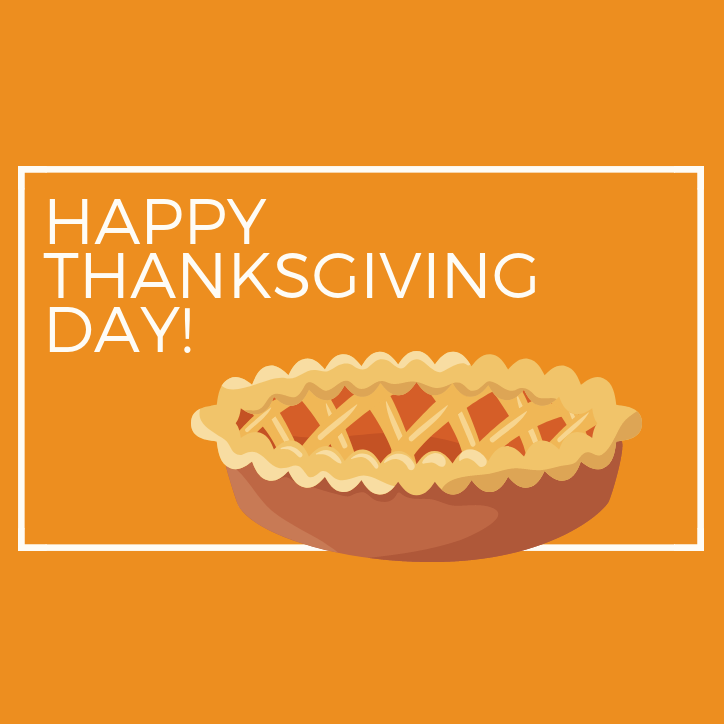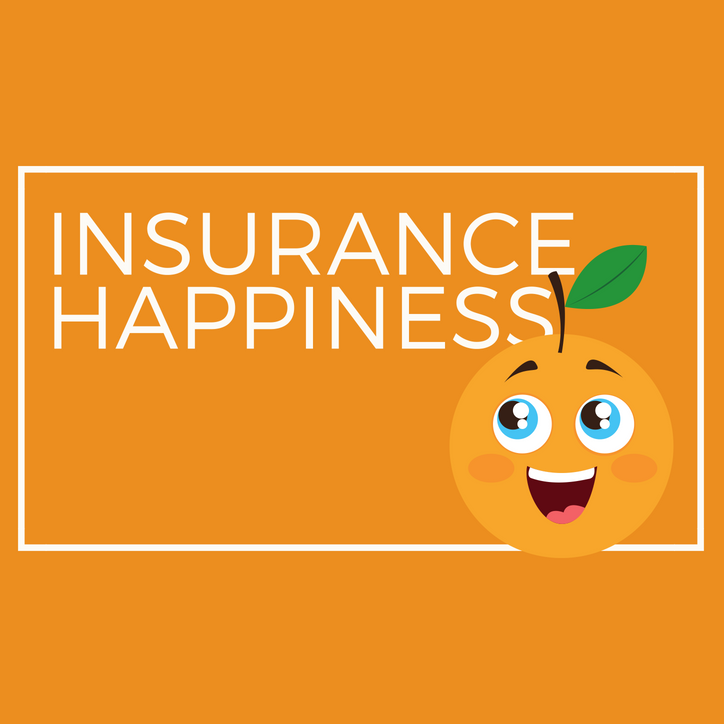Is Not About Replacing, It’s About Upgrading!
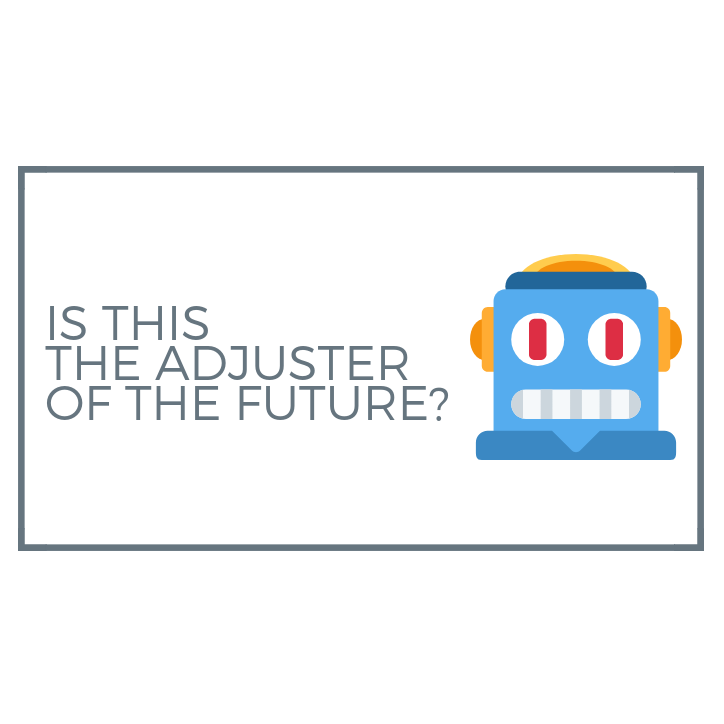
In short, NO! In a recent episode of Last Week Tonight, with John Oliver, the issue of Automation was the ‘main story’. Throughout the segment, all I could think about is the resistance and push back that our company has…

